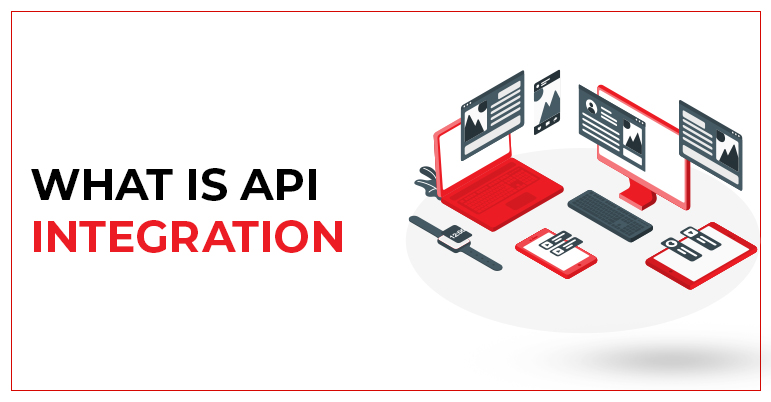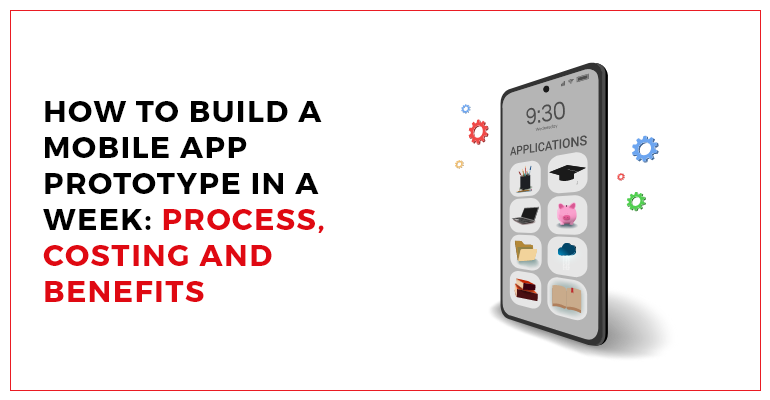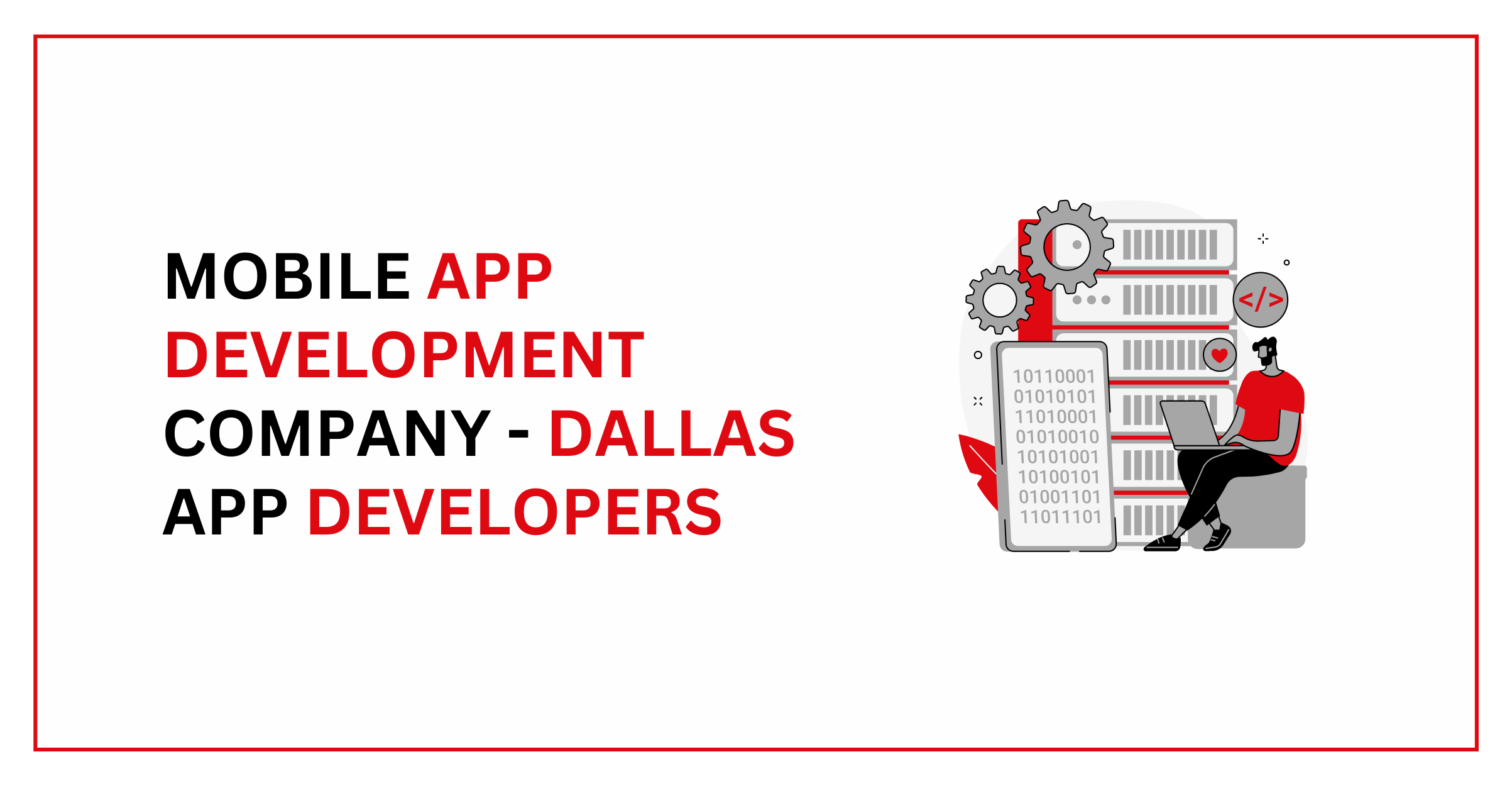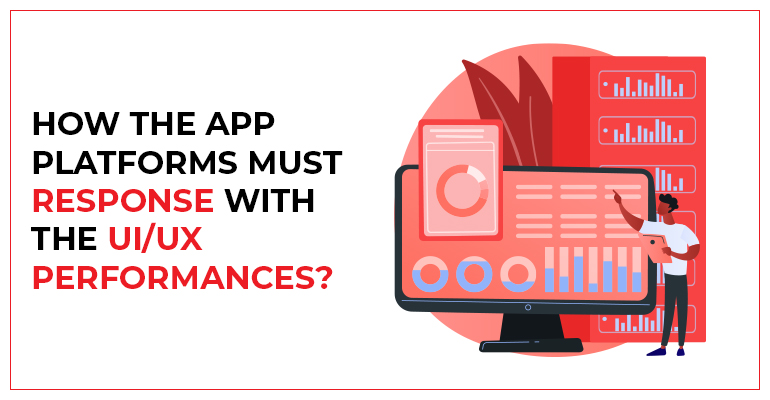INTRODUCTION TO API INTEGRATION
To put it in the most understandable term, an API integration (application programming interface) is a set of protocols that act like a bridge between the data sharing and communication that occurs between 2 applications, without human interruption, whether it’s on your phone or desktop. It also allows different web services, applications and systems to connect through each other. API’s are used to enable seamless and automated communications between two webpages or two applications. API is a part of a remote server that receives request and send responses. API enables a smooth delivery of information from one app or webpage to another. It acts as an interface between two web pages or apps.
EXAMPLES OF API INTEGRATION
To understand it better, take an example of a website, such as Facebook, when you type the website in the search bar and press enter, a request is sent to the Facebook’s remote server, after your browser receives the data code and process it, the webpage is displayed. In this communication chain, the Facebook’s remote server is the API, that communicated with the request and delivered a data code. But the work of API is not done here. They are also responsible for interaction, data alteration between two sites. For instance, when you hit the re-tweet button on the twitter, a request is sent to the backend server, and communication is done when the server sent back the relevant coding, allowing you the access to re-tweet. Again, all this is done with the help of API integration. All of the social media sites that we’ve been using for quite a long time now, are a great example of how API integration works and determines the necessity of its presences in our day to day life. You can also get your own API created from a company that provides software development services.
TYPES OF API INTEGRATIONS
When creating an API, designers have a choice to work with a range of different protocols and standards, according to their need and requirement. Let us look at some of the important API types and protocols.
1. Web APIs
The HTTP protocol is used to access web API’s. It also works as a framework, on which the web services are made. It works with valid request and respond format.
2. Open APIs
They are also called public APIs or external APIs. Most of the times, these open APIs are published on the internet, available to the universal consumers.
3. Partner APIs
Partner APIs are somewhat similar to the open APIs in terms of functionality, but they have more limited access, which is usually regulated by a third party gateway. They are frequently created with specific purpose in mind, such as granting a premium access.
4. Composite APIs
Composite APIs are a design method for combining many API calls into a single API call. Composite APIs are useful in micro-service architecture, because a user may require data and information from multiple services in order to complete a single task.
API ARCHITECTURE
The process of creating a software interface that exposes backend data and application capabilities for usage in a new application is referred to as a API architecture. You may develop reusable ecosystems of application using an API architecture, which is great for micro-service.
LAYERS OF API ARCHITECTURE
API architecture usually have 4 layers. Let’s learn about these layers.
1. Information management layer
Modern digital businesses reply on massive data repositories that stores data to function. To store and manage it all, you’ll need a reliable and advanced database system. A solid high-performance data layer is required for all of your applications. And you’re finding that you’re in need of more advanced data storage systems.
2. Application layer
Its where the software that operates your company resides. You might wish to consider replacing these programming with more current options, such as micro-services.
3. Integration layer
This is the domain of the enterprise service bus (ESB) and enterprise application integration (EAI) platforms. Which are becoming increasingly rare. This is where integration architects and developers come in. They work hard for the services of data and legacy application.
4. Interaction layer
The interaction layer is where your customer, partners and employees interact with your business application and data.
CATEGORIES OF API ARCHITECTURE
Following are the categories that are used in developing an API
REST
Representational state transfer is abbreviated as REST. This design is one of the most often used methods for developing APIs. Because REST divides the front and back ends of APIs, it is based on the client/server model. We frequently interact with REST APIs when perusing the web.
RPC
The remote procedural call (RPC) protocol is a straightforward way to send and receive various parameters and results. RPC APIs are used to perform actions or processes, whereas REST APIs are used to communicate data or resources such as documents. For coding, RPC can use two alternative languages: JSON and XML; these APIs are known as JSON-RPC and XML-RPC, respectively.
SOAP
The World Wide Web Consortium’s simple object access protocol (SOAP) is a messaging standard widely used to establish web APIs, primarily using XML. SOAP is compatible with a variety of internet communication protocols, including HTTP, SMTP, and TCP. SOAP is flexible, allowing developers to design SOAP APIs in a variety of ways and add features and capabilities quickly. The SOAP approach specifies how SOAP messages are handled, the features and modules that are included, the communication protocol(s) that are supported, and how SOAP messages are constructed.
BENEFITS OF API INTEGRATION
Some of the notable functions of API integrations are as follows
1. Automation
API integration enables the automatic transfer of information and data from one application to the next. Successful automation is without any manual component, making it a great time saver and reducing human errors drastically.
2. Scalability
API helps in businesses to flourish on a large scale as it doesn’t require the need to start from the scratch while creating the bridge between connected systems and applications.
3. Streamline
For better communication and reporting API offers end-to-end view of all the systems and processes. With a streamline method, you may successfully collect and monitor date, resulting in a solid database based on specific and comprehensive information.
4. Error reduction
API allows the transfer of massive data smoothly, without creating any errors.
ENDNOTE
Today’s technological developments are heavily dependent on the API integrations. APIs tools are currently in a high demand in the market. They play an integral role in the whole communication process that occurs on the backend servers. We cannot perform our day to day tasks on the internet without APIs. API’s are essential for creating and executing automated workflows of various applications that have been integrated via API and can eliminate time consuming manual labor, as well as seamlessly transfer data that otherwise require manual input and cause issues, allowing you to do more of important work you need to do, on a faster pace.





